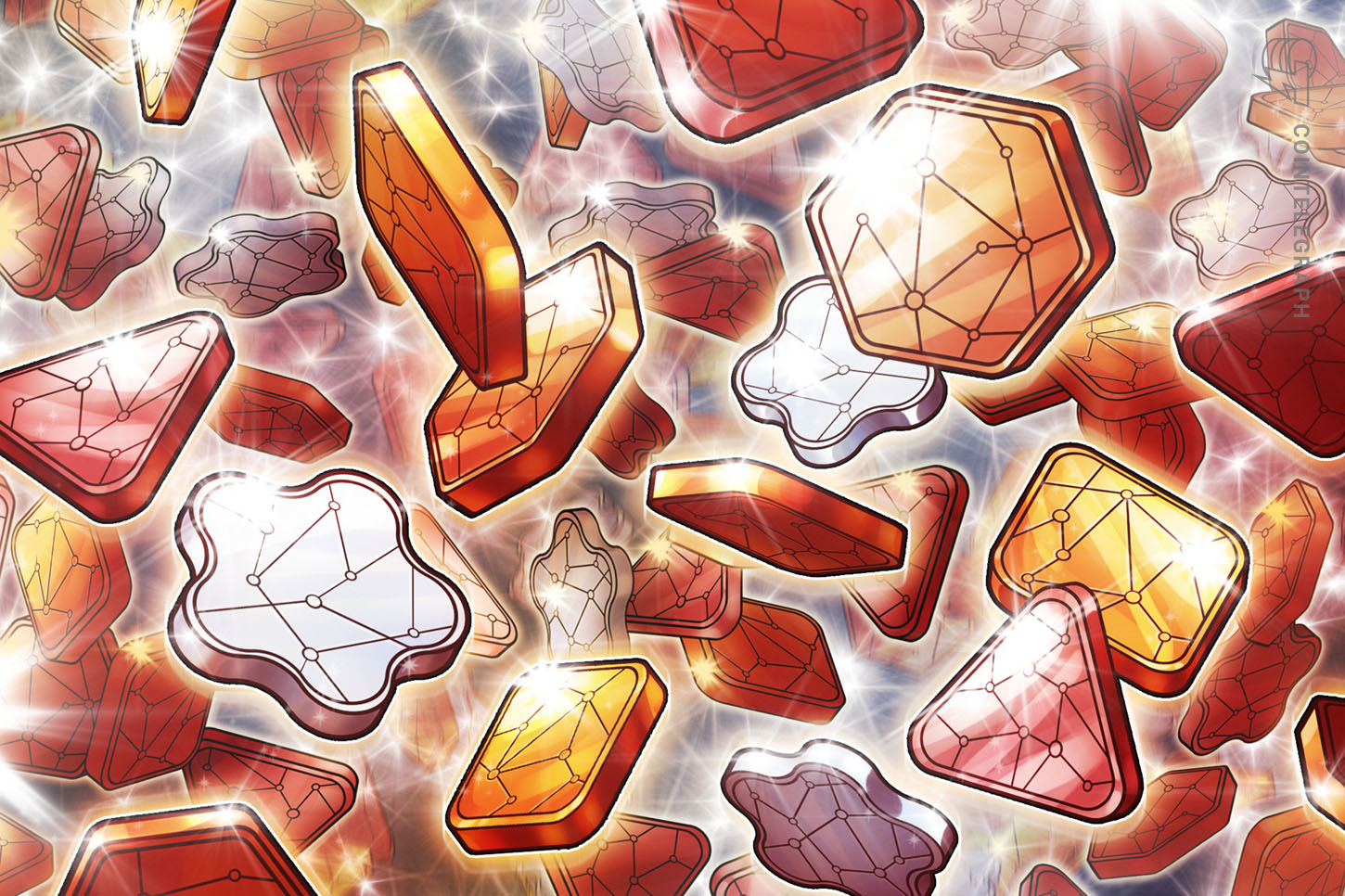A crypto artist known as "Neitherconfirm" recently listed 26 nonfungible tokens, or NFTs, for sale on OpenSea's digital marketplace. Things took an unexpected turn earlier Tuesday, however, after the artist changed the images associated with each token from computer-generated portraits into photos of literal carpets.
It's a knowing comment on a DeFi token exit scam known as a 'rugpull' where a little known token suddenly collapses when liquidity disappears, metaphorically pulling the rug out from under victims' feet.
The art pieces, which originally featured people and animal faces in a seemingly stained-glass style, are now nothing more than an expensive metaphor for why you can’t trust the store-of-value proposition of any asset that maintains an aspect of centralized control.
I just pulled the rug at my NFT collection on @opensea . Nobody got hurt.
— neitherconfirm (@neitherconfirm) March 9, 2021
It is pretty easy to change the jpg, even if it does not belong to me or it is on auction. I am the artist, my decision, right?
A thread from somebody making his living with art irl about the value of NFTs. pic.twitter.com/LNAZqPpDMZ
“All discussions about the value of NFTs are meaningless as long as the token is not inseparable from the artwork itself,” said Neitherconfirm. “What is the meaning of creating an unforgeable token on a highly secured network if somebody can alter, relink or destroy your possession? As long as the value of your artwork is reliable on a central service you do not own anything.”
The current price disparity between the artist's seemingly similar rugs seems to lend some validity to their claims. At the time of publication, the top bid on many of the NFTs is for under $1.00, while one (which currently has no offers) is listed for an astonishing $139 quadrillion — or around 80,000 times the market capitalization of the entire crypto space. Neitherconfirm has since implied that they have received more offers on their rugs than they did on the original portraits.
Though the artist's identity is unknown, they stated on Twitter that their full-time job is “making sculptural art” under a top-selling artist that regularly sells pieces for more than $10 million. Neitherconfirm told Cointelegraph that rather than making unique computer-generated rug images, they simply found pictures of carpets in a web search — some with watermarks included — and turned them into NFTs.
The crypto space is currently experiencing a massive boom in the quantity and value of nonfungible tokens. While crypto artists were auctioning their works for up to $130,000 late last year, 2021 has seen NFT prices inflate to once-unfathomable amounts. Back in February, the owner of an NFT created by Mike Winkelmann, also known as Beeple, resold the piece on Nifty Gateway for a record-breaking $6.6 million.
Twitter CEO Jack Dorsey recently jumped in on the action as well, auctioning off tokenized ownership of the first-ever tweet. He has promised to convert any proceeds into Bitcoin (BTC) and donate them to nonprofit organization GiveDirectly's Africa Response. At the time of publication, the highest offer on the tokenized tweet is $2.5 million.
“Right now the appeal of NFTs is the status of owning one,” said MyEtherWallet founder and CEO Kosala Hemachandra. “NFTs are hot in the same way lambo’s are hot to Bitcoin purists. I think this current version of non-fungible tokens will continue to evolve into bigger and broader use cases.”
However, Neitherconfirm claimed that pieces of art are “only a store of monetary value if they possess artistic value” as well as subjective beauty:
“Certainly a token can bring a huge benefit for moving rightful ownership, especially for digital art. Without any doubt there is revolutionary value in distributing ownership. Just the token itself is not the artwork — it certainly can be, but this is a different story.”
The artist noted in a pinned tweet that they will donate 51% of all profits from the rug-pull NFT series to charity.
Cointelegraph reached out to Neitherconfirm for comment but did not receive a response in time for publication.


